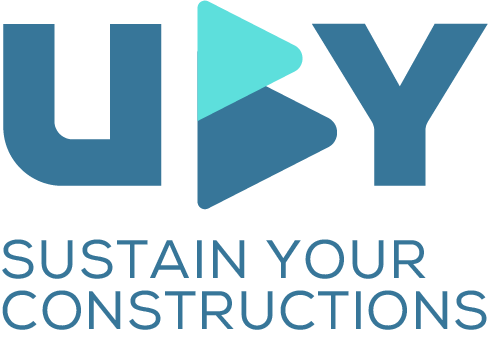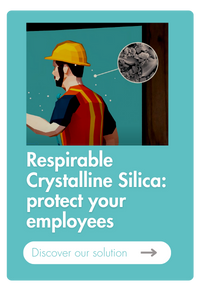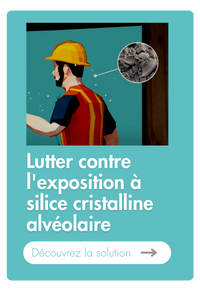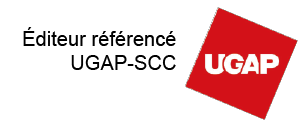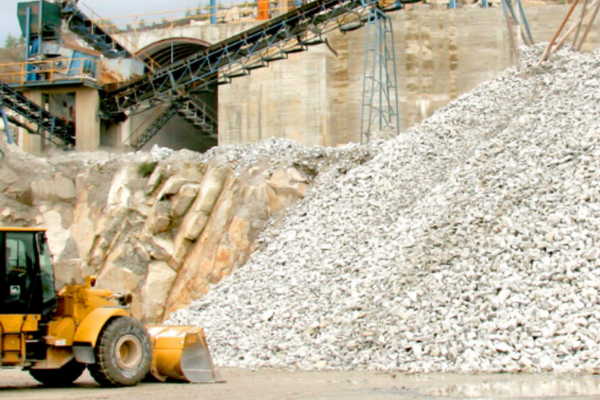National Waste Register – End of the tolerance period: how to comply?
The regulation in a nutshell
In March 2021, the decree n° 2021-321 of March 25, 2021 on the traceability of waste, excavated soil and sediment was published and requires the creation of two large databases allowing chronological traceability of any type of waste: the National Waste Register and the National Register of Excavated Soil and Sediment. This legislative framework also imposes the dematerialisation of the Waste Tracking Form for waste categorised as dangerous or POP (Persistent Organic Pollutant).
To this end, two digital applications have been developed that allow the public subject to this regulation to declare their information online: RNDTS and TrackDéchets.

The schedule
March 27, 2021: Publication in the Official Journal.
January 1, 2022: Initial deadline for compliance with the regulation, the timetable for implementation of the decree has been shifted. The deadline has been postponed to July 1, 2022.
July 1, 2022: Since this date, any entity concerned by the traceability of dangerous waste must transmit its dematerialized Waste Tracking Form (cerfa n° 12571*01) via the TrackDéchets application. Only the obligation to transmit its registers to the “RNDTS” application has been postponed by 6 months, to the date of January 1, 2023.
[December 2022 – New Tolerance Period for “RNDTS” Entry Requirements]
In order to give the concerned organisations time to interconnect their internal system to the RNDTS* platform, the State has granted a new tolerance period until May 1, 2023. However, all information from January 1, 2023 onwards will have to be entered as well. In other words, if a registrant starts transmission on May 1, they will report all registers between January 1 and May 1, 2023, not just the month before their first transmission.
*whose latest API version is available since November 2022
How to prepare for compliance with RNDTS?
The mandatory data to be provided are mostly administrative information related to the different actors on the waste (sites, transporters, outlets) and their nature. The edition of this document can quickly become tedious for an organisation due to the volume of data to be entered.
The Ubysol platform provides a simple and intuitive response to this new regulation, which will save you considerable time both in terms of entering and sending the document.
Ubysol facilitates the process on two levels:
- Semi-automatic creation of the register
If the user already manages the dematerialisation of his waste tracking slips via Ubysol, he can in a few clicks create the monthly register intended for “RNDTS”, from the information previously collected for the waste tracking form.
- Sending the register to the public platform “RNDTS”
Our solution offers three use cases for sending the register to “RNDTS”:
Case 1 – An automatic monthly sending of the registry is set up in Ubysol.
Case 2 – The user sends the registry to “RNDTS” in one click from Ubysol.
Case 3 – The user downloads the register from the application to send it to the project manager for validation.
Optimise and Manage the Route of Excavated Material from Worksite to Disposal
Thanks to UBYSOL, digitalise the waste tracking to save time during compulsory administrative processes
With our solution:




